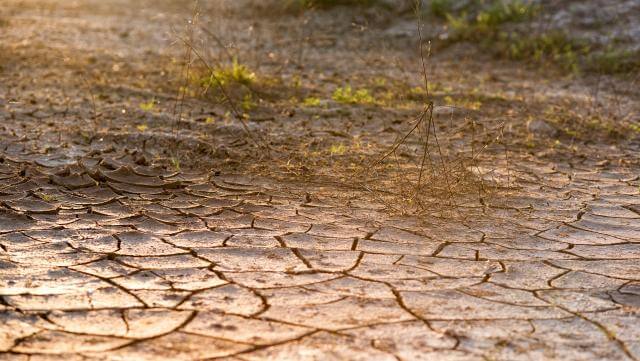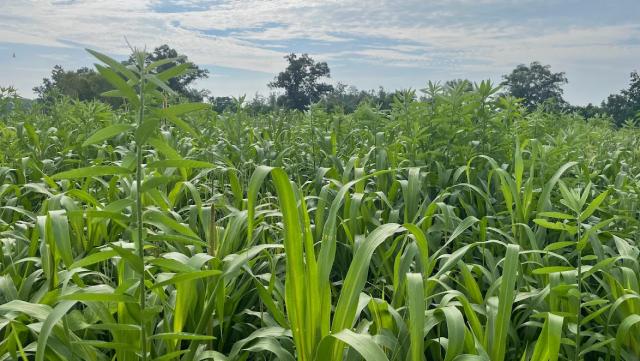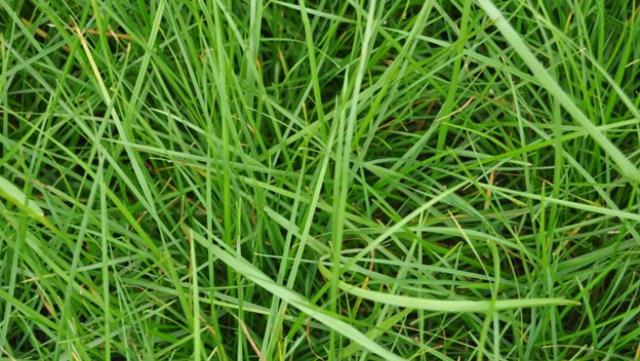Tips & Tricks
Fall: Planning Ahead
Fall offers a strategic window for planting cool-season forages, but success hinges on early planning—taking into account feed supplies, livestock needs, and pasture conditions. It’s also important to evaluate hay quality, manage grazing residue, and choose seed mixes that support fall growth while sustaining pasture through winter and into spring.

What if there’s a drought?
Recent rains have eased drought concerns in the Southeast, but farmers should remain prepared for sudden dry spells with solid grazing and feed strategies. Diverse pastures and summer annuals like sorghum-sudangrass and pearl millet offer resilience when conditions shift.

Planning Warm Season Planting
Warm-season annual forages are fast-growing, high-quality forages that can supplement production and quality to support animal performance. In the Southeast, they are planted from April through June and can be used under baleage or greenchop production, or grazing management.

Ryegrass: Diploids vs. Tetraploids
Ryegrass is often thought of as the top pasture staple for lush quality and sugars. It establishes fast in cooler, moist regions and is excellent for grazing or mechanical harvest. A high yielder with a longer growing season than some other cool season pastures, perennial ryegrass can also be shorter lived, and is sensitive to drought, temperature…